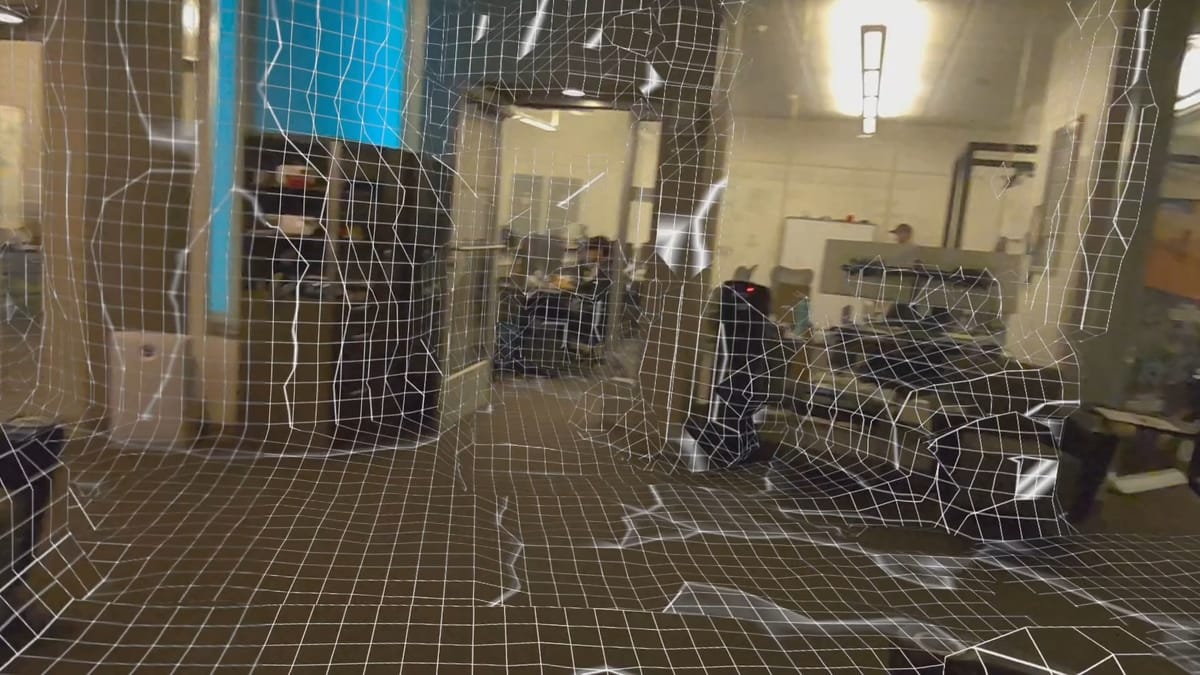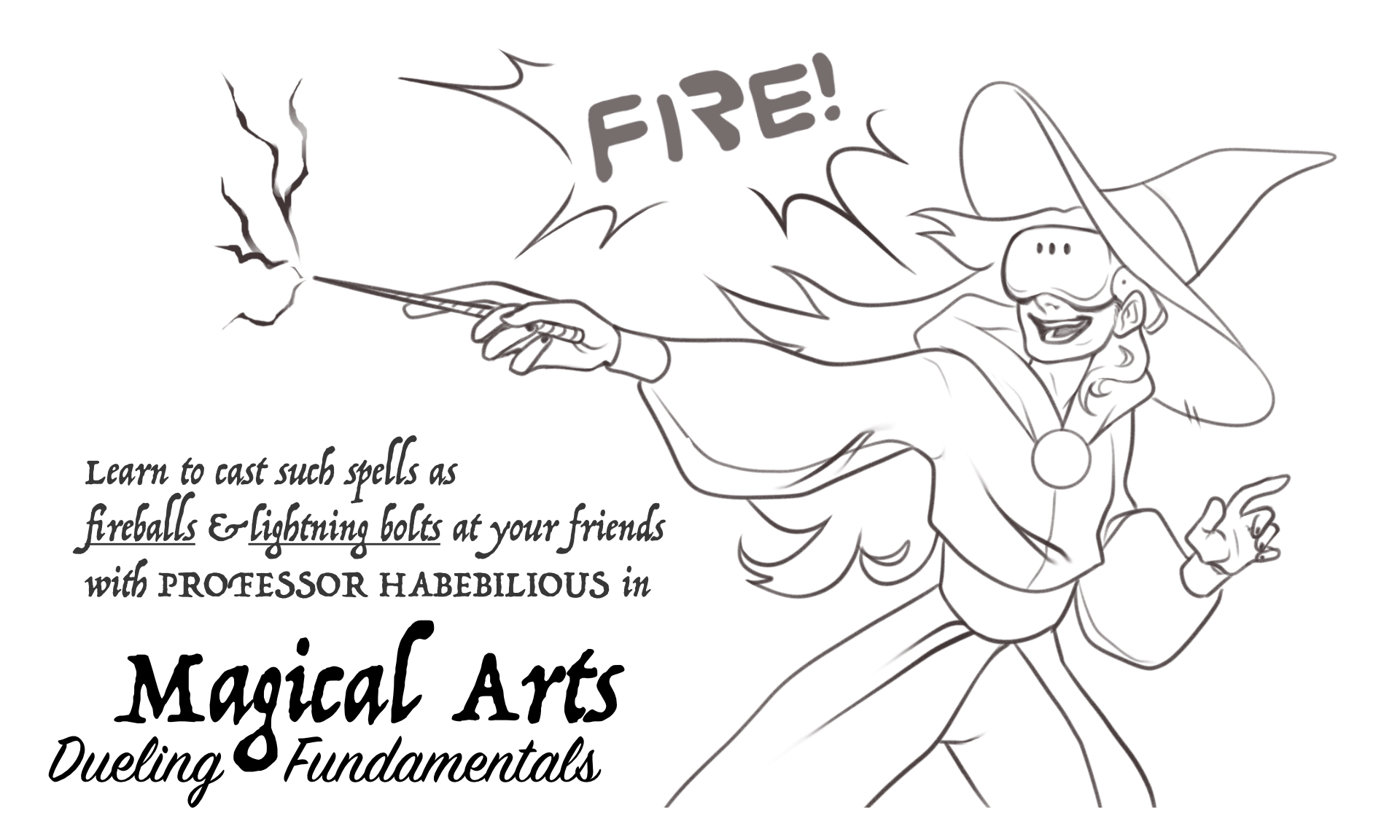Wizardtag is a spellcasting version of the frictionless colocated multiplayer Quest 3 mixed reality shooter Lasertag.
We reported on Julian Triveri’s Lasertag back in May, noting his unique innovation of implementing continuous scene meshing, on Quest 3 & 3S, eliminating the need for Meta’s room scanning process, and thus avoiding its problems of requiring setup for each room and only reflecting the state of furniture as it was at the time of the scan.
Triveri made his solution open source, and since then the game Hauntify implemented it too, just in time for Halloween.
A Developer Solved The Biggest Problem With Quest 3’s Mixed Reality
Lasertag’s developer implemented continuous scene meshing on Quest 3 & 3S, eliminating the need for the room setup process and avoiding its problems.

Now, Triveri is showcasing footage of Wizardtag, a fork of Lasertag that swaps out the laserguns for voice-activated spellcasting wands.
In Wizardtag, players shout out one of three spells: Fireball, Lightning, or Shield, with the spell emitted from the wand that their handheld Touch Plus controller becomes. The spells are detected by the on-device speech recognition model Vosk, which Triveri says offers low latency for casting to feel responsive.
Oh, and as you can see in the video, everyone gets a wizard hat attached to their head, reflecting their networked tracked position.
Wizardtag played at Purdue University.
Triveri built Wizardtag as his entry for the BGR Entertainment Challenge of Purdue University, at which he is a full-time tech artist at the Envision Center as well as a part-time undergrad, for freshman orientation, hosting an event for new students to play the game.
His friends, he says, themed the event as “a magic dueling class in a fictional Harry-Potter-esque wizarding school version of Purdue”, with one playing the role of a wizard professor giving the game tutorial as a “lecture”.

The regular Lasertag uses Meta’s built-in Shared Spatial Anchors feature to colocate headsets within a shared coordinate space, offering automatic shared-space multiplayer with no need for physical markers. For the Wizardtag sessions at Purdue, Triveri, though, attached AprilTags to the walls, and leveraged the passthrough camera access capability Meta added for developers earlier this year to track them using computer vision.
Triveri says he used AprilTags because Meta’s Shared Spatial Anchors “occasionally fail to localize and are prone to drift over time”.
Wizardtag is currently not publicly available, but Triveri tells UploadVR he eventually plans to bring it to the Meta Horizon Store build of Lasertag as a new game mode.
